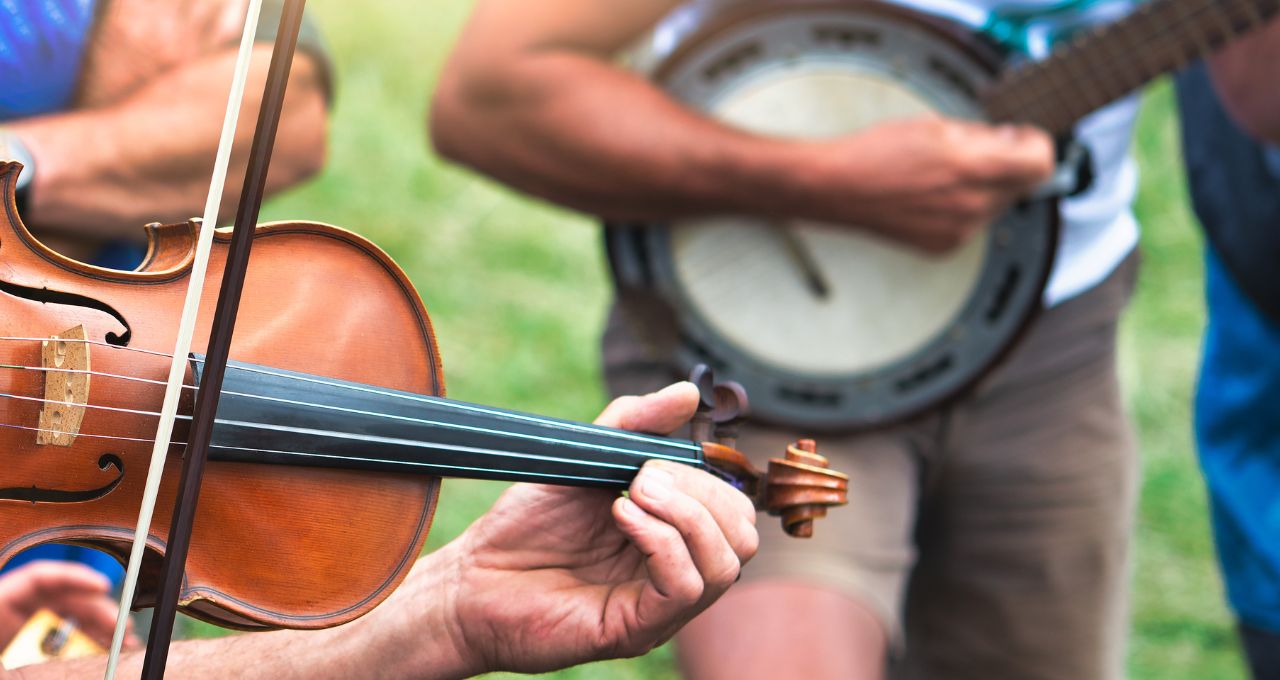- Jan 16, 2012
- 3,568
- 2,561
- 1,928
Before the arrival of Europeans, the region was home to numerous indigenous tribes, including the Cherokee, Iroquois, Powhatan, and Shawnee. It was home to Native Americans as far back as 16,000 years ago.
The mountain ridges acted as a boundary (or at least a notable impediment) to colonial expansion until Daniel Boone found a route through via the Cumberland Gap. Bitter battles ensued as pioneers “discovered” new territories.
The Blue Ridge Mountains were largely settled by poor Scots-Irish, who brought with them a vibrant culture centered on family and rebellion. They also carried a rich tradition of storytelling and making music, particularly on the fiddle.
Affluent Germans also built settlements, often using enslaved Africans. These African Americans brought in what became classic foods for Appalachian farmers, such as sweet potatoes, black-eyed peas, watermelons, and peanuts.

 blueridgemountainstravelguide.com
blueridgemountainstravelguide.com
The mountain ridges acted as a boundary (or at least a notable impediment) to colonial expansion until Daniel Boone found a route through via the Cumberland Gap. Bitter battles ensued as pioneers “discovered” new territories.
The Blue Ridge Mountains were largely settled by poor Scots-Irish, who brought with them a vibrant culture centered on family and rebellion. They also carried a rich tradition of storytelling and making music, particularly on the fiddle.
Affluent Germans also built settlements, often using enslaved Africans. These African Americans brought in what became classic foods for Appalachian farmers, such as sweet potatoes, black-eyed peas, watermelons, and peanuts.

What is Bluegrass? The Evolution of Appalachian Music
What is Bluegrass? The History and Evolution of Appalachian Music, including traditional bluegrass instruments and the best bluegrass bands today.

